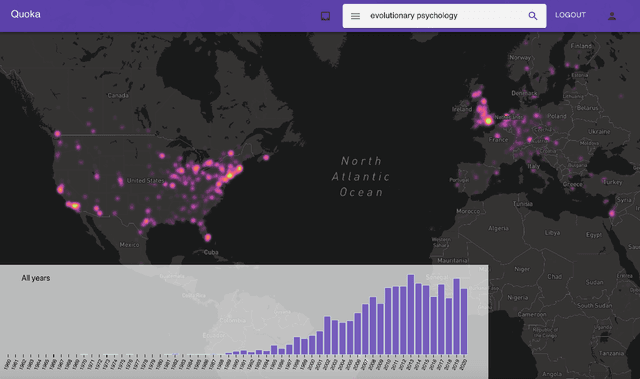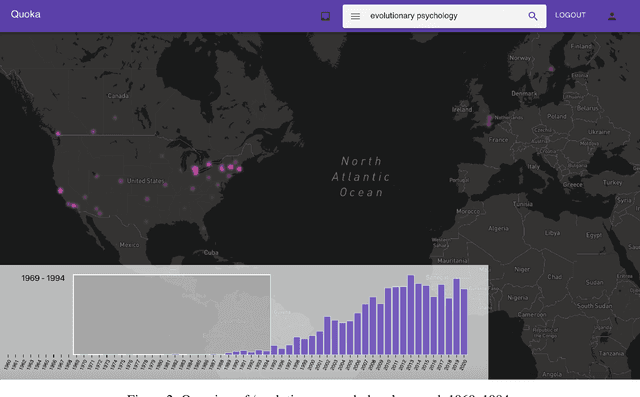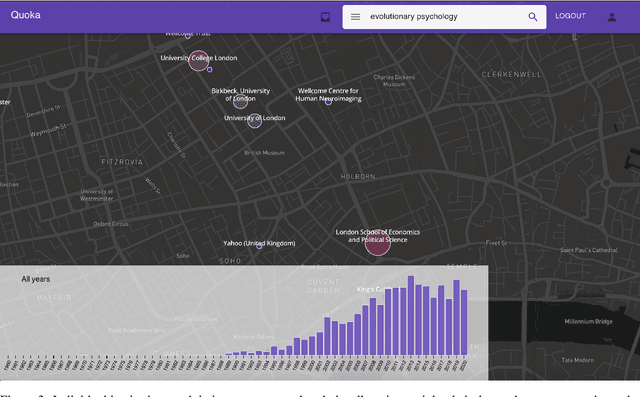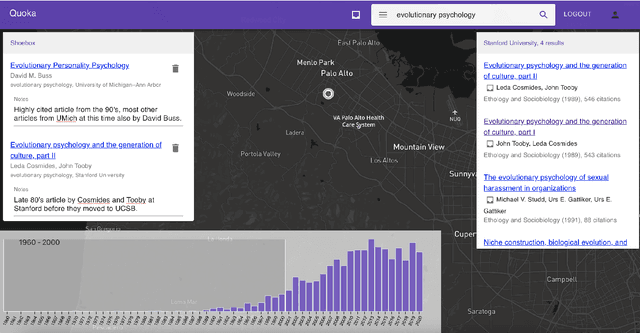Richard Hosking
Adaptive and robust smartphone-based step detection in multiple sclerosis
Sep 17, 2025Abstract:Background: Many attempts to validate gait pipelines that process sensor data to detect gait events have focused on the detection of initial contacts only in supervised settings using a single sensor. Objective: To evaluate the performance of a gait pipeline in detecting initial/final contacts using a step detection algorithm adaptive to different test settings, smartphone wear locations, and gait impairment levels. Methods: In GaitLab (ISRCTN15993728), healthy controls (HC) and people with multiple sclerosis (PwMS; Expanded Disability Status Scale 0.0-6.5) performed supervised Two-Minute Walk Test [2MWT] (structured in-lab overground and treadmill 2MWT) during two on-site visits carrying six smartphones and unsupervised walking activities (structured and unstructured real-world walking) daily for 10-14 days using a single smartphone. Reference gait data were collected with a motion capture system or Gait Up sensors. The pipeline's performance in detecting initial/final contacts was evaluated through F1 scores and absolute temporal error with respect to reference measurement systems. Results: We studied 35 HC and 93 PwMS. Initial/final contacts were accurately detected across all smartphone wear locations. Median F1 scores for initial/final contacts on in-lab 2MWT were >=98.2%/96.5% in HC and >=98.5%/97.7% in PwMS. F1 scores remained high on structured (HC: 100% [0.3%]/100% [0.2%]; PwMS: 99.5% [1.9%]/99.4% [2.5%]) and unstructured real-world walking (HC: 97.8% [2.6%]/97.8% [2.8%]; PwMS: 94.4% [6.2%]/94.0% [6.5%]). Median temporal errors were <=0.08 s. Neither age, sex, disease severity, walking aid use, nor setting (outdoor/indoor) impacted pipeline performance (all p>0.05). Conclusion: This gait pipeline accurately and consistently detects initial and final contacts in PwMS across different smartphone locations and environments, highlighting its potential for real-world gait assessment.
Quoka Atlas of Scholarly Knowledge Production: An Interactive Sensemaking Tool for Exploring the Outputs of Research Institutions
Sep 16, 2021



Abstract:The vast amount of research produced at institutions world-wide is extremely diverse, and coarse-grained quantitative measures of impact often obscure the individual contributions of these institutions to specific research fields and topics. We show that by applying an information retrieval model to index research articles which are faceted by institution and time, we can develop tools to rank institutions given a keyword query. We present an interactive atlas, Quoka, designed to enable a user to explore these rankings contextually by geography and over time. Through a set of use cases we demonstrate that the atlas can be used to perform sensemaking tasks to learn and collect information about the relationships between institutions and scholarly knowledge production.
 Add to Chrome
Add to Chrome Add to Firefox
Add to Firefox Add to Edge
Add to Edge